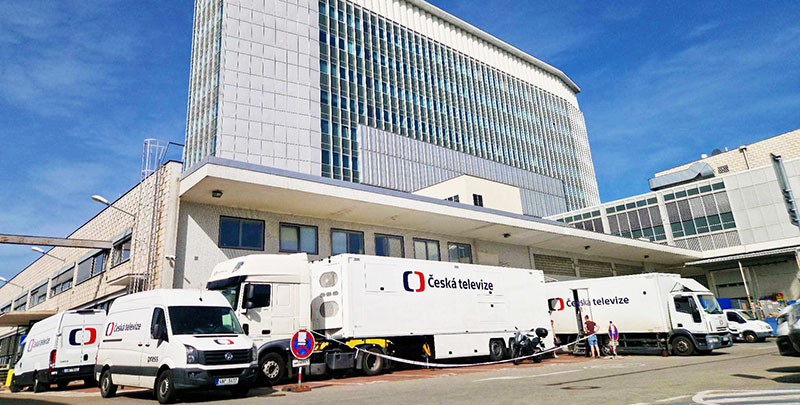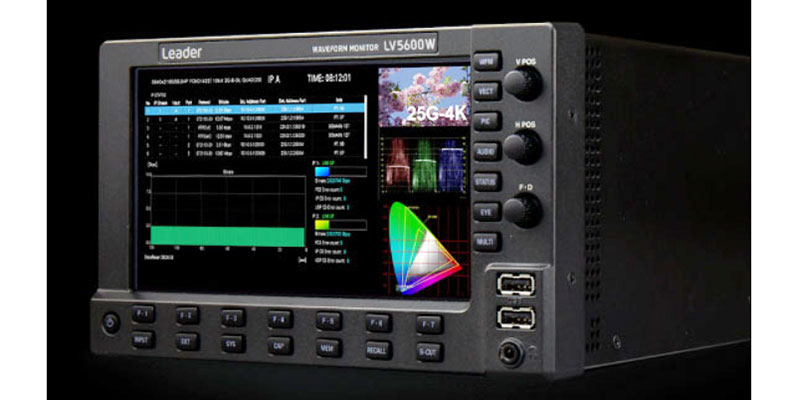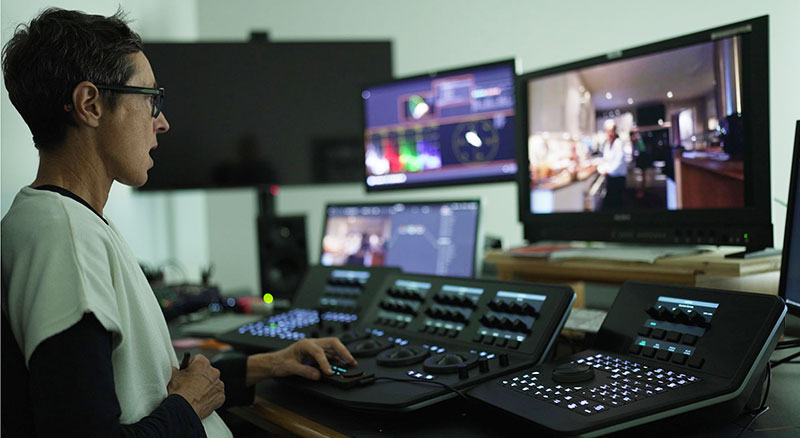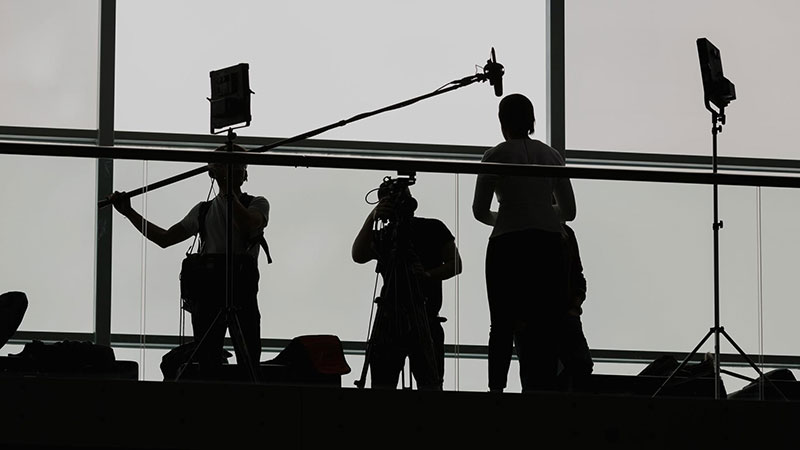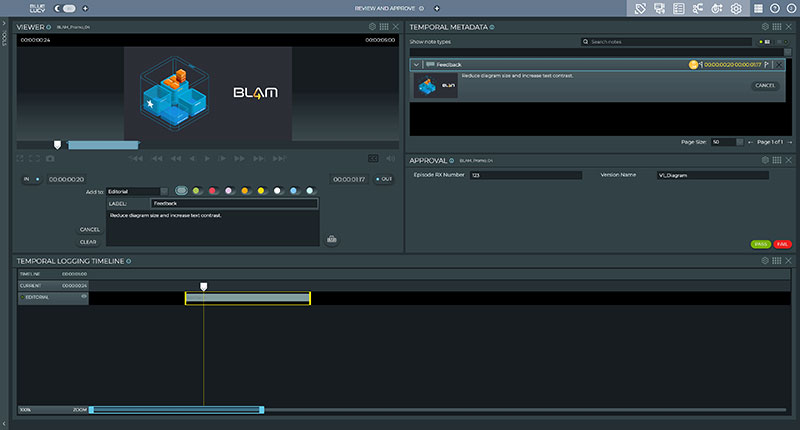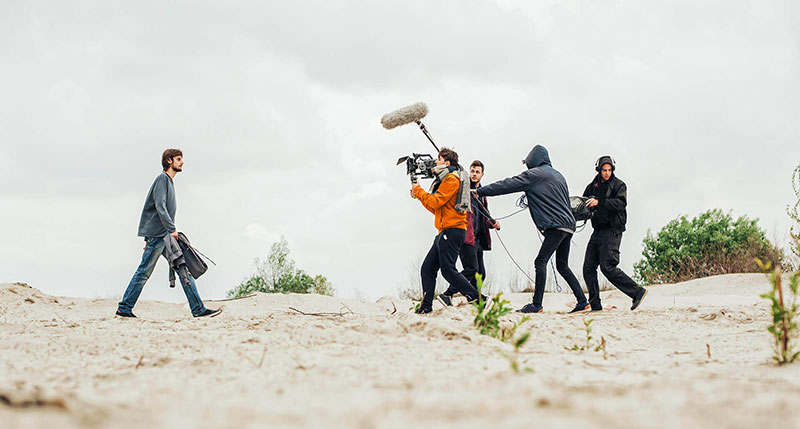LiveU conducted remote production trials for the EU’s FIDAL project, including multi-link multi-slice bonding, network slicing, private 5G networks, edge computing and network exposure.

The European FIDAL/B5VideoNet (B5GVN) project has now completed after successfully demonstrating the use of multi-link, multi-slice 5G bonding for single and multi-cam transmission and feeds back to the receiver in remote video production workflows. Media contribution developer LiveU conducted tests and trials using its multi-camera LU800 PRO units and Xtend connectivity system with beyond 5G (B5G) capabilities.
Cloud-based Use Cases
As part of this project, LiveU focused on three remote production use cases. Cloud remote production uses network slicing configurations to guarantee bandwidth and latency for cloud-based broadcast workflows. Edge-based production integrates mobile edge computing within the operator’s own infrastructure, similar to a private cloud.
On-site remote production with cloud-based solutions tests uplink/downlink slicing configurations for production workflows using LiveU's Mobile Receiver, Xtend and LU-Link together with the LiveU Ingest automatic recording and story metadata tagging system for live video.
The Mobile Receiver allows the user to move LiveU’s bonded receiver from the studio to outdoor environments, while supporting up to four synchronized HD feeds or a single 4K 10-bit HDR feed from the field. The LU-Link cloud service connects field units and the mobile receiver, helping to overcome network challenges quickly, and extending LiveU’s proprietary LRT bonding for uplink and downlink, increasing the stability of cloud-based transmission. Under challenging network conditions, Xtend maintains cellular connectivity to field-based Mobile Receivers using antennas. It bonds up to 8 cellular modems over 4G/5G for extra resiliency.

Multi-Link, Multi-Slice Bonding Trials
The trials took place at the University of Patras (UoP) B5G testbed in Greece. All three scenarios explored the use of multi-link, multi-slice bonding for broadcast-grade video transmission, as a way to guarantee specific SIMs bandwidth, latency or error-rate parameters across the 5G infrastructure. This proved to be especially important under network load and congestion conditions.
The trials included various configurations of Guaranteed Bit Rate (GBR) and Non-Guaranteed Bit Rate (Non-GBR) slice and multi-slice configurations. When deployed in commercial networks, this approach would mean that broadcasters and content creators could match service levels to their production requirements, resources and budgets.
For example, higher-bandwidth GBR slices could be reserved where necessary while more economical GBR slices, or even NGBR, could be relied on for less critical traffic or supplementing bandwidth where needed and in line with budgets. This level of control is valuable for multi-camera sports production that demands high quality transmission – it means bandwidth can be increased to the maximum but not necessarily in all cases and at all costs.
Network Exposure APIs
Another key 'B5G-towards 6G' technique the trials explored was Network Exposure APIs for network resource allocation, a type of dynamic service orchestration and as-needed service and resource usage. The project lays a foundation for real-time video contribution service ordering by allowing LiveU and similar applications to dynamically request slices based on event timing and location.
In this way, video quality can be guaranteed exactly when and where it is needed, instead of 'everywhere all the time'.
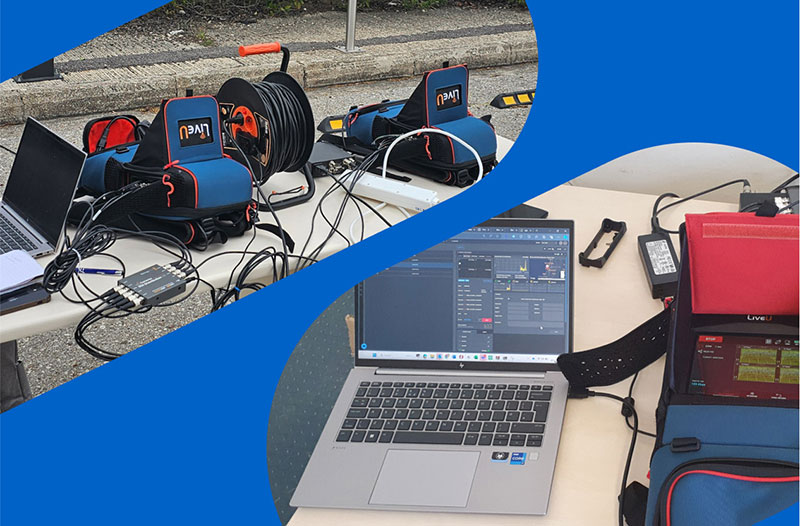
Private 5G network (NPN or Non-Public Network) was used in combination with the above, demonstrating a private network for both uplink and downlink remote on-site production. Spectrum carving – reserving parts of the spectrum – was also demonstrated to enable the creation of private sub-networks for guaranteed Quality of Service (QoS), with the B5G technology relying on a Software Defined Radio (SDR) set up in the UoP infrastructure. This practise may open new monetization opportunities for operators in specific remote production and other cases, while presenting advantages for those who need reliability and quality.
Bandwidth Dynamics
"We ran dozens of indoor and outdoor tests over nine days at the UoP B5G testbed, together with their team. The trials included various slice types across multiple minimum and maximum guaranteed bandwidth levels and 5QIs (5G Quality-of-Service Identifiers), under different end-to-end service latencies. They have shown how LiveU's multi-link multi-slice 5G bonding can benefit remote production in terms of reliability, flexibility and cost – for both customers and operators," said Baruch Artman, LiveU's AVP, Head of 5G Projects and ESG.
"Other key insights included the ability to order services via standardized network exposure APIs, which is promising for media remote production with applications like our own, enabling network resources and services to be ordered for a specific time frame or even on demand. These are important new use cases for media production, also for future 6G."
FIDAL (Field Trials Beyond 5G) is an EU Horizon project, co-funded by the 6G Smart Networks and Services. Together with LiveU and the University of Patras, other key partners involved in the project included Nova (a major Greek telco), FORTH (The Foundation for Research and Technology – Hellas) and systems integrator Ubitech. www.liveu.tv





